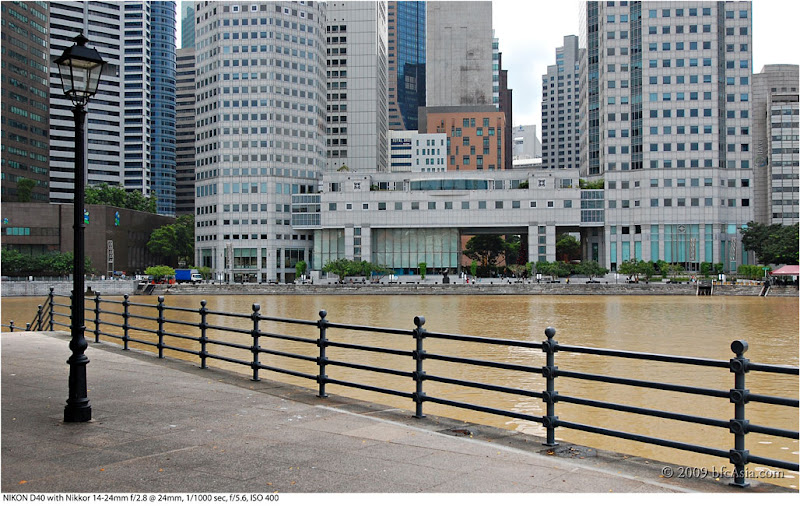
Cropping is such an important first step in pp that I deem it almost mandatory.
Sure, one should always compose carefully in the viewfinder before pressing that shutter. In practice, however, priceless captures of a winsome smile, a toothless grin, or a frown - whatever the expression may be - are often fleeting and leaves you no time to compose and shoot. Ready or not, you either capture the expression, or lost it forever.
Hence I almost always crop my pictures, before I commence pp proper.
When you crop, the picture composition invariably improves dramatically. Unless you don't have any idea how to compose photos.
The quick-and-lazy method is simply to try - try - try until you are satisfied with the composition. Looking at others' work helps. If you like a particular photo pay attention to the composition.
Read up on The Golden Mean, Rule of Thirds and The Diagonal Method on the net. You will develop a deeper understanding of composition and your pictures will improve as you learn to crop better.
Original JPG

After Crop, before PP

How far you pp is a matter of judgment. As the background was distracting, the subject was extracted using the magic wand tool, and the edges were refined to blend into the new background.
The background to be used was treated to a fair amount of lens blur before it was suitably cropped and dragged onto the main subject layer. Next, the main subject image was adjusted for shadows / highlights and hue / saturation to lighten the shadows in the hair and tone down the excess red in the skin tone.
The eyes were retouched slightly to bring back the sparkle in both eyes and the signature embossed.
Finally, the image was sharpened and blurred using the smart blur tool in the final step before the image was File -> Saved to Web.













